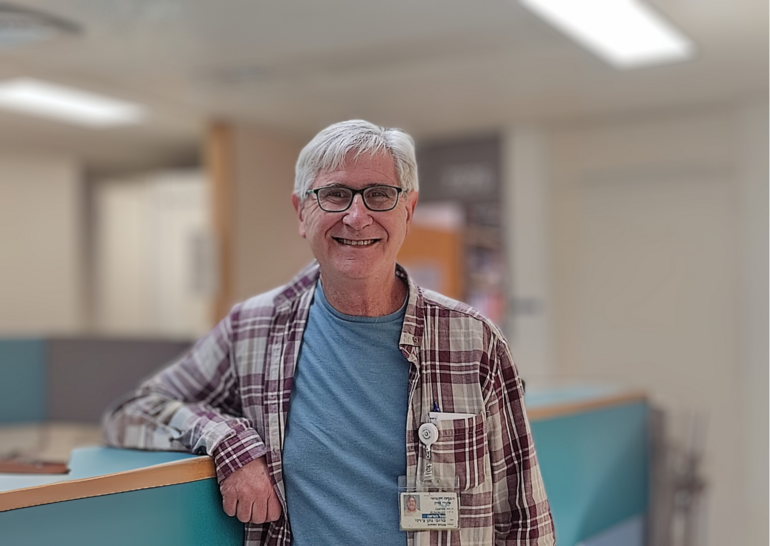Treating patients at reduced doses could contribute to a more efficient allocation of healthcare resources and improve access to costly treatments around the world, but implementation of de-escalation in routine practice requires reliable and cost-effective tools to safely tailor therapy to patients
The possibility of de-escalating cancer treatments by reducing the duration, frequency, dose or number of therapies administered is being studied primarily as a means to personalise care and optimise patient outcomes, but it has also attracted interest for its potential to make oncology care more financially sustainable and accessible globally. Whether de-escalation approaches can be cost-effectively implemented in routine practice, however, depends on the practicality of the prognostic and predictive tools available to inform patient management.
To date, research into such approaches has largely been led by the field of breast cancer, which recently achieved a big leap forward with the successful de-escalation of HER2-targeted agent trastuzumab: a meta-analysis of five randomised controlled trials presented at the ESMO Congress 2021 showed that six months of the therapy, which is associated with significant cardiac toxicity and substantial costs, were non-inferior to the standard treatment duration of 12 months in HER2-positive early breast cancer patients (Ann Oncol. 2021 September 1;32(S5):S1283).
The true cost of overtreatment
Prof. Bishal Gyawali, medical oncologist and Associate Professor of Oncology and Public Health Sciences at Queen’s University, Canada, sees positive implications for the treatment’s accessibility in low and middle-income countries, which were home to more than 500,000 women newly diagnosed with breast cancer in 2018 (Lancet Glob Health 2020 August 1;8(8):e1027-e1037). “With a single cycle costing over 1,000 euros, the standard 18-cycle course of trastuzumab remains inaccessible in much of the developing world. In my home country of Nepal, where healthcare expenses are paid out of pocket, patients used to tell me that they could not afford it even if they sold their house. Being able to safely recommend treatment at reduced doses is going to put a life-saving medicine within reach of many more women in the future,” he explains, adding that, if necessary, oncologists can now also advise patients that some treatment is better than no treatment at all in light of previous meta-analyses concluding that the margin by which shorter durations of treatment are inferior to one year is probably small (Cancer Treat Rev. 2017 November;60:18-23; Breast Cancer Res Treat. 2019 January;173(1):103-109).
Gyawali calls for analogous research into other highly effective medicines like immune checkpoint inhibitors, which have similarly transformed the prognosis of certain disease types but routinely exceed 100,000 euros per year of treatment. “Most patients eligible for immunotherapy today can only dream of gaining access to it, but I am confident that progress is possible considering we found in one study that the one to three-year durations of adjuvant therapy investigated in clinical trials lack a clear scientific rationale,” he reflects (Med Oncol. 2018 October 29;35:160).
The question has also been raised in advanced disease settings like metastatic melanoma, where patients can receive immunotherapy indefinitely despite being in complete remission for years (J Clin Oncol. 2020 May 20;38(15):1645-1647). In addition to the risk of unnecessarily exposing people to toxicity, the unsustainable price even for high-income countries of potentially overtreating patients was revealed by a study showing that, for lung cancer patients alone, pembrolizumab given at a flat dose of 200 milligrams would cost the US healthcare system 825 million dollars more per year compared to a previously studied dosing strategy of 2 milligrams per kilogram (J Natl Cancer Inst. 2017 November;109(11):djx03). “We talk about precision medicine but in this case we are moving away from it—and because we know that, contrary to chemo, there is no clear dose-efficacy relationship in immunotherapy, there are good reasons to believe personalisation is feasible,” Gyawali observes.
Incentive-based models of research
One of the obstacles to progress in this field is that pharmaceutical companies lack the incentives and the models to change drug labelling once such trials have been conducted independently. Zoledronic acid, a supportive treatment to prevent skeletal metastasis and cancer-related skeletal events like bone fracture, was initially approved to be administered every three weeks until several non-inferiority trials demonstrated that giving it every 12 weeks provides the same benefit while reducing side-effects (Lancet Oncol. 2013 June;14(7):663-670, JAMA 2017;317(1):48-58 and Eur J Cancer 2021 January;142:132-140). The three-month frequency is now standard practice and recommended by ESMO Guidelines, but technically constitutes an off-label use as the product monograph remains unchanged. Having documented these challenges for zoledronic acid but also for the chemotherapy agent oxaliplatin (JAMA Intern Med. 2021;181(7):897-898), Gyawali sees a need for industry-independent bodies, funding mechanisms and legal clearance to support third-party submissions to regulatory authorities.
Gyawali further argues that governments should step in to fund future research and highlights an opportunity for co-development between high-income countries and low and middle-income countries: “Running a large phase III trial costs 150 to 250 million euros. Not only do governments in high-income countries have the financial means, but they also have the incentive because they are ultimately paying for these medicines. But while it may be difficult to recruit participants in a setting where full-course treatment is guaranteed by universal health coverage, in countries like Nepal, where people do not have access to these therapies at all, it would be easy to set up non-inferiority trials that benefit patients in both study arms,” he explains, underlining that the results would then be applicable worldwide.
Is de-escalation always sustainable?
Safely de-escalating treatment in routine practice, however, relies on being able to accurately stratify patients according to their disease risk and their chances of benefiting from a given therapy. To this purpose, ESMO has developed a new classification tool to help oncologists and regulatory bodies assess the evidence for prognostic and predictive biomarkers in this field.
Dr. Arnaud Bayle, Gustave Roussy Cancer Campus, France, member of the ESMO Global Policy Committee, warns that once a framework has been prospectively validated, the cost-effectiveness of approaches based on its use still has to be verified for entire patient populations. “The proportion of individuals whose treatment can ultimately be de-escalated and the gains in survival and quality of life associated with this have to be sufficient to offset the cost of performing the test on everyone—especially when alternatives exist,” Bayle explains, highlighting that the price of the most comprehensive genomic assays can reach several thousands of euros.
This was notably found not to be the case in a French study, in which a strategy to select early breast cancer patients for de-escalation of adjuvant chemotherapy according to their recurrence risk score on the MammaPrint 70-gene panel test was compared with alternative approaches of either risk-stratifying patients using the free online prognostic tool Adjuvant! Online or giving chemotherapy to all those eligible (J Clin Oncol. 2014 November 1;32(31):3513-3519). Of the three, the genomic assay was the least likely to be cost-effective in the French context at the time of the analysis.
“Of course, the results of such studies are only generalisable to the extent that health systems are comparable, as the cost of treatments, medical services and levels of health coverage differ around the world—and so does the perception of what constitutes a cost-effective intervention,” Bayle cautions, underlining that periodic re-evaluations are also necessary to account for decreases in biomarker and medicine prices. He recommends that cost-utility analyses be conducted in each local healthcare context and take a long enough view of the patient care pathway to consider not only the cost of testing and treatment, but also supportive therapies, time spent in hospital and risk of long-term toxicities associated with different approaches.
In Turkey, for instance, another assessment concluded that the Oncotype DX 21-gene panel test to predict the benefit of adjuvant chemotherapy in early breast cancer was cost-effective compared to standard practice in this middle-income setting (Eur J Breast Health 2019;15(3):183-190). Use of the breast cancer recurrence score was found to change treatment recommendations for one third of patients and improve quality-adjusted life expectancy both through chemotherapy avoidance in low-risk individuals and through increased survival in high-risk subjects.
Looking beyond the field of breast cancer, Bayle believes that research aiming to develop practical and sustainable de-escalation strategies should focus on diseases with a good prognosis, large patient populations and long-term treatments associated with significant side-effects. New biomarkers for prostate cancer, for example, could in future allow hormonal therapy to be forgone in some patients and intensified in others—provided they outperform existing blood-based and histological prognostic markers at scale (JCO Precis Oncol. 2021;5:442-449). Emphasising that investment in optimising treatment in the curative setting would also contribute to the sustainability of oncology care by reducing the number of cancers that progress to advanced stages, Bayle concludes: “Biomarkers that allow us to de-escalate treatment in certain patients should also help us to escalate it in other, higher-risk individuals to prevent their disease from metastasising and ultimately requiring costlier therapies.”





